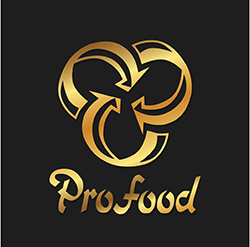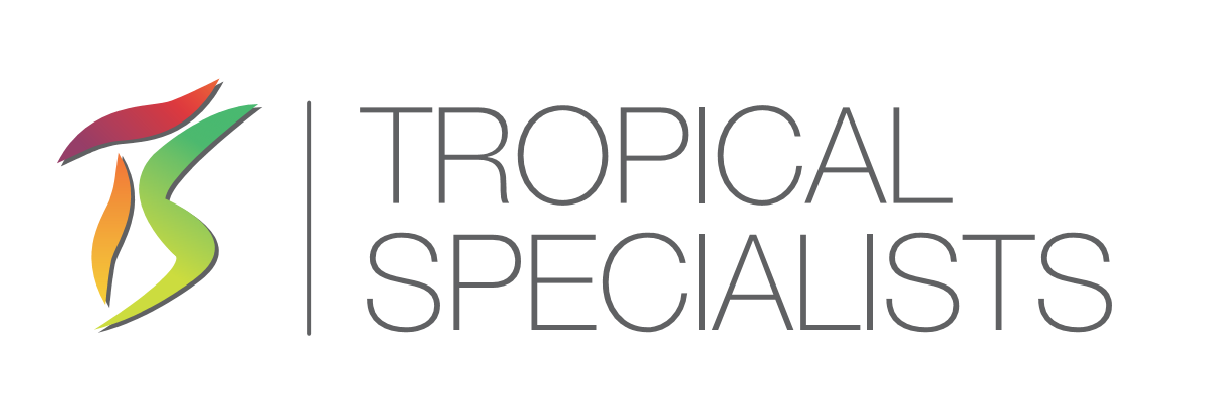On Aug. 21, the National Mango Board hosted a webinar on its efforts to strengthen mango consumption in the U.S.
“The vision is for mangoes to be an integral part of the diet of people in the United States,” said Ramón Ojeda, the board’s executive director, as translated from Spanish. “Consumption per capita has gone from about 2 pounds per person 20 years ago to about 4 pounds per person in 2023, which places it in 11th place in terms of the most consumed fruit in the United States.”
Ojeda also presented data about mango market penetration into U.S. homes, which he said averaged at about one in four households buying mangoes. This lines up closely with The Packer’s Fresh Trends 2025 survey findings. Among survey respondents, 23% reported buying mangoes in the prior year. It was ranked 15th in terms of reported purchase frequency.
The National Mango Board would like to see mangoes in the top 10.
“Last year we reviewed [the strategic] plan, and the mission of the marketing program is to inspire and promote the value of fresh mangoes in the daily lives of U.S. consumers,” Ojeda said. “The vision that we have is a simple one: To see mangoes in every shopping cart by 2030 with the help and support of everyone in the mango industry.”
Promotional projects and plans
Ojeda overviewed the National Mango Board’s considerable calendar of recent promotions, both evergreen and seasonal. Seasonal campaign examples included:
- The February “Love for Mangoes” for Valentines
- Mango Madness for March with basketball tie-ins
- Cinco de Mango for the lead up to Cinco de Mayo
- A Disney partnership around the Lilo and Stitch movie release in May
- The mobile food truck-centered Joyride campaign, now in its second year and running through Aug. 24
- A social media campaign partnering with children’s entertainer Blippi
- The recently kicked-off Back-To-School campaign
The board also announced a few planned campaigns, including one focused on football tailgating for the fall, the board’s 20th anniversary, and “holiday joy” for the winter.
“We’re incorporating educational elements to everything that we do,” said Leonardo Ortega, director of research for the board, who noted that a lot of people “still don’t know a lot about mangoes.”
This also fits with Fresh Trends 2025 survey findings; few respondents reported being familiar with picking a ripe mango.
Ortega said providing consumers with information on how to select and how to cut mangoes will encourage them to buy mangoes in the store and take them home. But the National Mango Board is creating educational efforts for more than just consumers. Ortega announced the board will be launching a new video as part of the Mango University Culinary Training Program next week.
“This is for cooking professionals who would like to learn how to incorporate our fruit in their recipes and in their processes.”
He added that foodservice is a key part of driving U.S. demand for fresh mangoes.
“People often discover mangoes through a food service outlet. In most cases, they will be driven to the fresh cut section after they try mangoes in a restaurant or cafeteria.”
Ojeda reminded webinar attendees that every step in the mango supply chain has a role in growing U.S. demand for mangoes.
“Our mission says that we seek to increase mango consumption working as a unified industry, and that is very important because the mangoes must be managed and handled properly,” he said. “Merchandisers who place the fruit and handle the fruit in the supermarket as well as the packers and growers and the shippers — we all have a role in achieving quality for the consumer.”


















